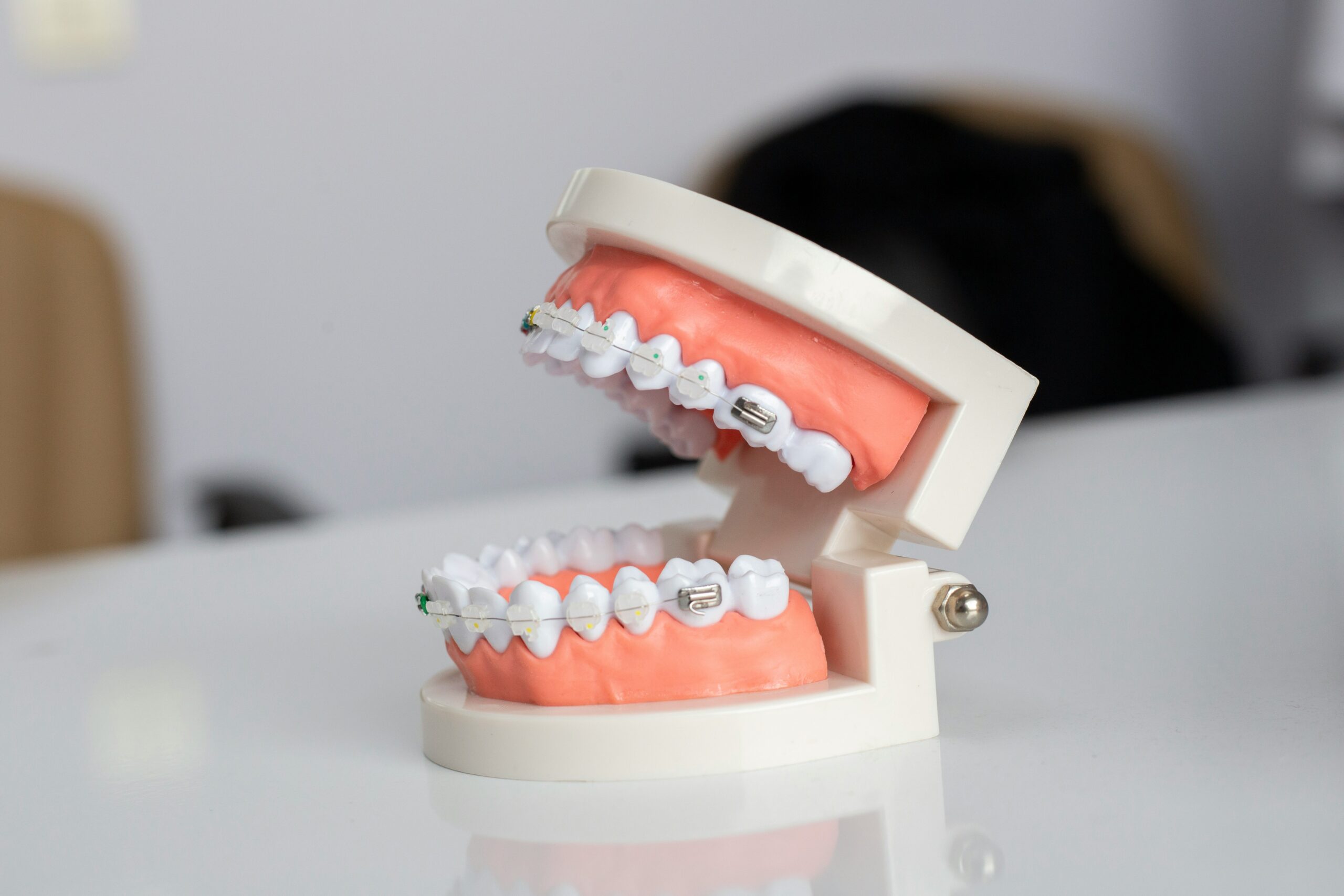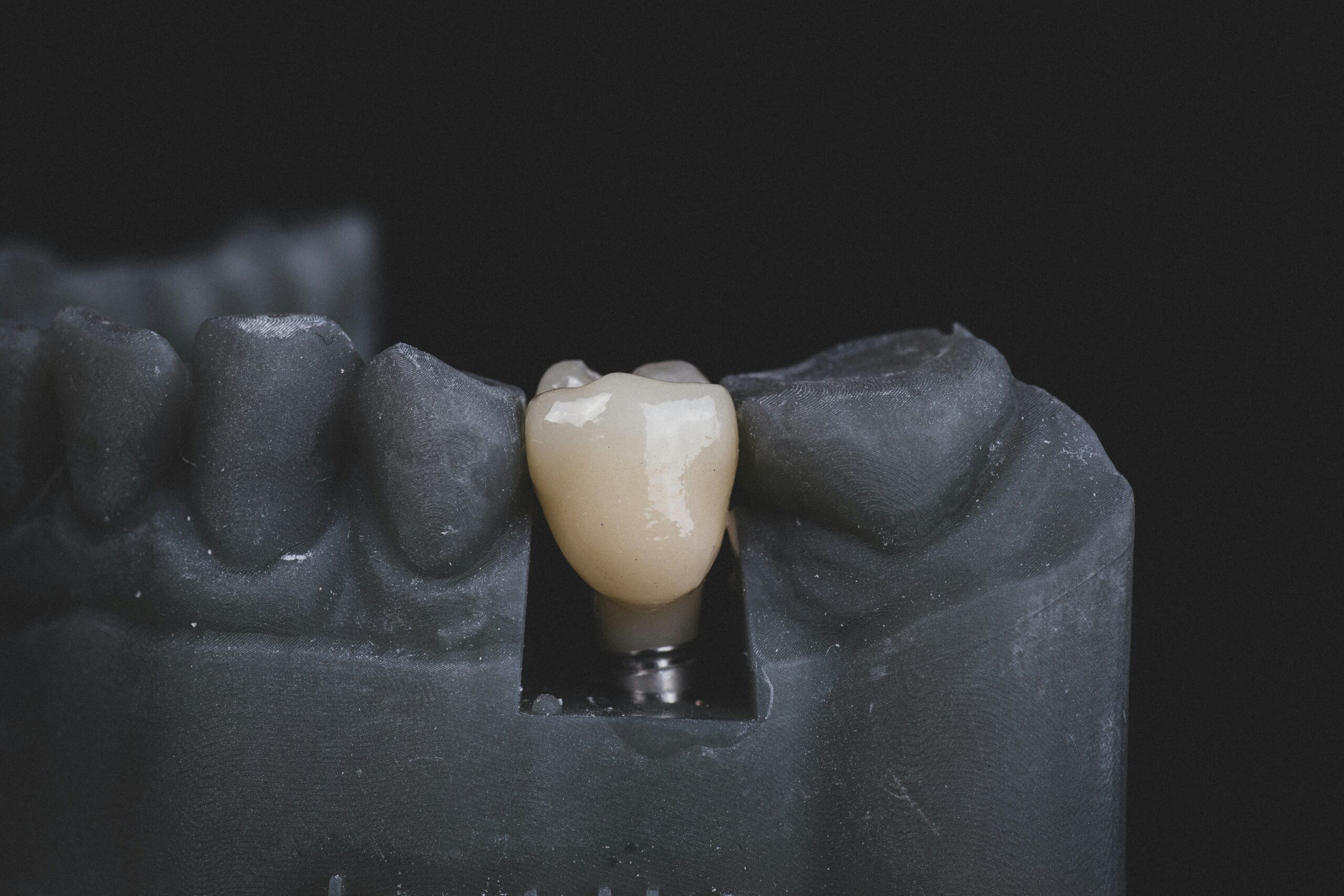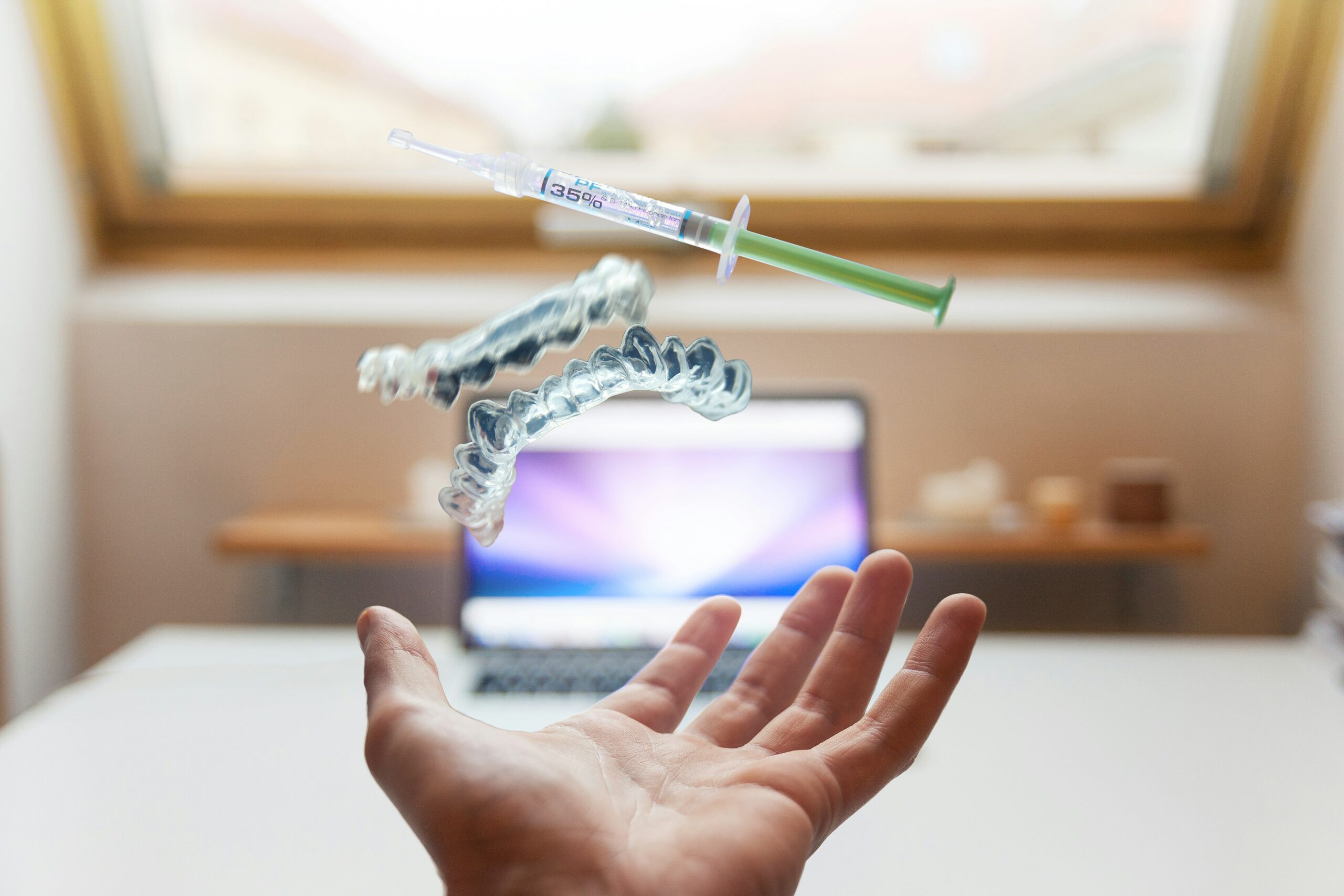What exactly are dental implants? Briefly and clearly, these are prosthetic dental roots that have been generated specifically to replace teeth that are not present. Nevertheless, it is the one that offers an unduly formal experience. One instance of an innovation that combines art, engineering, and medicine is using implants.
Through the systematic process, the titanium post is positioned into the mandible and subsequently absorbed into the bone to form the post. Handle the abstract thinking in your head: Inside your body, a tiny screw is being absorbed. The implant, which may be used for crowns, bridges, or dentures, can enable the reconstruction of the tooth's aesthetic and functional aspects.
The widespread concern over dental implants is because they are more life-like than any other fix for missing teeth. After all, they look real because they have the same characteristics as real teeth, i.e., they are real teeth you feel the same.
Millions of people can attest that the utilization of an implant for a missing tooth has been life-changing, freeing them from the condition that has been a major emotional and physical barrier to their everyday lives.

Some misleading information claims that all dental implants are the same kind. Similarly to humans, every dental implant model is created to meet the personal needs of its owner. This article will discuss endosteal, subperiosteal, and zygomatic implants, the three basic kinds of implants.
Because of their widespread prevalence, endosseous implants![]() are the type of implant most commonly accepted and used. They are utilized for dental prosthetic purposes by being implanted into the jawbone to supply a stable foundation for the reconstruction of lost teeth. Some have called these fixation bones the “workhorses” of medicine since they are the most commonly used patient bones and thus have the highest success rate in helping most sufferers who have good bones.
are the type of implant most commonly accepted and used. They are utilized for dental prosthetic purposes by being implanted into the jawbone to supply a stable foundation for the reconstruction of lost teeth. Some have called these fixation bones the “workhorses” of medicine since they are the most commonly used patient bones and thus have the highest success rate in helping most sufferers who have good bones.
On the other hand, subperiosteal implants![]() expose a different tale from the one that was initially told. These implants, too, are put above the jawbone, though under the gum tissue rather than inside the bone they lie on. Why is this option a more advantageous alternative than the others available? Besides persons who are, so to speak, cowardly or unable to tolerate bone grafting operations, this option is a sensible selection for people without bone stock. To maintain those implants plus the surrounding tissues unharmed, the metal grid of these implants has been wisely devised.
expose a different tale from the one that was initially told. These implants, too, are put above the jawbone, though under the gum tissue rather than inside the bone they lie on. Why is this option a more advantageous alternative than the others available? Besides persons who are, so to speak, cowardly or unable to tolerate bone grafting operations, this option is a sensible selection for people without bone stock. To maintain those implants plus the surrounding tissues unharmed, the metal grid of these implants has been wisely devised.
The zygomatic implant![]() is the last implant, one of the few remarkable surgical procedures rarely practiced. Such a person is said to require it most in case of severe upper jaw maladies. Adjoined to the cheekbone or zygoma is a suitable alternative that can be utilized if we do not want them inserted into the jaw. This advanced and daring solution caters to patients who have gone through significant bone loss and are thus “cured” or “healed” of their conditions, which is the final answer to their prospects.
is the last implant, one of the few remarkable surgical procedures rarely practiced. Such a person is said to require it most in case of severe upper jaw maladies. Adjoined to the cheekbone or zygoma is a suitable alternative that can be utilized if we do not want them inserted into the jaw. This advanced and daring solution caters to patients who have gone through significant bone loss and are thus “cured” or “healed” of their conditions, which is the final answer to their prospects.
Dental implants serve a variety of purposes. Due to the versatility of their applications, today's dentistry without them is almost unimaginable. The failing of your smile is something that may be real for you, and the treatment of implants will save you by restoring to you the ability that once was you; you will be the old you, you will maintain your charm, and you will even gain your lost confidence back Tour de tooth, please permit us to, examine the very distinct functions they serve
These are the kinds of dental implants used for missing one tooth. The loss of one tooth causes food to get between the rest of the teeth, causing them to rot, even as personal self-worth is compromised. A single tooth implant is there to replace the damaged tooth. Conversely, the conventional bridge requires the dentist to grind the teeth near the bridge to provide support. The optimal solution is to resort to measures that will maintain the health of your natural teeth.
The bridge is supported by dental implants, and the best candidates are those missing the teeth they use for support. A case in point would be the situation where several posts are used to fasten artificial teeth. Such an arrangement is beneficial when the person eats or speaks, as the teeth will not move. Introducing the device that addresses the root cause of the problem, which is the loosening of the teeth near the bridge, exponentially lowers the risk to the adjacent teeth.
People whose loose dentures are a source of discomfort and impediment to oral activities will likely benefit from the new implant-supported dentures besides having other choices. This technique causes the denture to give unexpected stability in connection with the implant, and then the connection attributes the techniques through the implant. A comparison process has revealed that the main ability to chew alone has been regained. In such cases, this points out that incongruent or crisis-driven incidents will not be your portion anymore.
Sometimes, talking about a full-arch restoration![]() is possible thanks to teeth implants. Among the many dental procedures that use implants, “All-on-4” and “all-on-6” initiatives involve the appropriate positioning of implants to support the complete prosthetic teeth arch. Restoration will help people with all their teeth missing in the upper or lower jaw. One irresistible issue here is that smiling is ever-elastic to the degree that is possible.
is possible thanks to teeth implants. Among the many dental procedures that use implants, “All-on-4” and “all-on-6” initiatives involve the appropriate positioning of implants to support the complete prosthetic teeth arch. Restoration will help people with all their teeth missing in the upper or lower jaw. One irresistible issue here is that smiling is ever-elastic to the degree that is possible.
Implants in the teeth play an obligatory role in trauma restoration. Patients who may not have healed fractures or those with a congenital condition may also be treated with simple and detachable trauma implants. The patient's bone or bones from both human and animal donors can be incorporated into constructing a toothless area as a part of the rebuilding process. Furthermore, they allow patients to regain their self-confidence and overcome the defect on their faces.
On the flip side, they also account for another orthodontic revolution. The dentist uses mini-implants or TADs, which are temporary anchors that help the teeth move around. During orthodontic outcomes, they precisely measure the anatomy of anchor points, which allows exact corrections and better finishing up the results. As a result, anchor points in the orthodontic procedure can be securely set in position to allow for precise changes to occur, thus producing a better outcome.

Is it safe for my teeth to accept implants? This question can be easily answered with the following: Yes, for sure! That is a key issue. Implants are one of the most used and proven technologies of modern dentistry. Devices made of biocompatible materials such as titanium ensure compatibility and subsequent long-term healing.
When the procedure is performed by a capable dentist or oral surgeon, a safe operation will only be one of the results. The key factor here is to have a highly trained dentist working with the treating doctor to make all necessary checks on your mouth and overall health. Still, however, there is this minor chance that even such an accident may happen. Namely, they include infection and nerve injuries. The risks can be lessened through proper planning and ensuring that the correct medical treatment is carried out promptly.
Dental implants may join missing quadrants of your smile and offer you new self-assurance. First of all, they provide the body with its primary function back. Regardless of whether you are talking, chewing, or smiling, everything is happening in the most natural way possible. No more do you have to adjust your speech or feel shy in your places with other people.
However, they, too, have a huge life span. In addition, if you take care of them properly, they can last for decades and possibly even your whole lifetime. The implants do not go from their places without being extracted. That is a difference from dentures or bridges, which are either required to be changed regularly or are attributable to the state of the direct neighboring teeth.
Besides that, they can also keep the bones from wearing away, which is the other good part. The jawbone in a particular place can get smaller because you have lost the teeth that are located there. The implants stimulate the bone like natural tooth roots, keeping the bone's thickness and strength. Dental implants are made to look and feel like your original teeth, so your appearance would be unrecognizable due to the great similarity to natural teeth. They are custom-made to match your teeth' size, shape, and natural color, which means they will have a perfect appearance whenever you smile.

Even with their phenomenal properties, some of the risks connected to this type of dental work will remain. In most cases, the problems are tooth loss and infections due to the implant's locality, damage to the surrounding structures, and complications in the sinus cavity of the upper jaw.
Implant failure is another source of danger, albeit not a major one. It might appear during osseointegration—that is, a problem where the implant may not bond with the bone. Some of the causes include smoking, oral hygiene habits, and some health issues, which, in turn, cause the supposed setback to the healing of the jaw.
Dental implant surgery is a complicated and carefully designed procedure that requires accuracy and planning. The implant, the first stage of the process, is initially surgically inserted into the jawbone. In-hospital and dental anesthetic procedures will be applied according to the complexity of the tasks in question.
Next, the implant will be fixed to the jawbone and become a stable anchorage. The abutment is adhered to the patient's healed lungs to make the tooth hold. This abutment is one of the prosthetic teeth, and it is precisely made to fit in with your perfect smile.
Usually, people who have lost one or more teeth due to dental disease may be the ones who can utilize dental implants. In line with ‘it,' only some should aspire to use the method. To give the implant the most secure attachment, patients must meet the bone density requirement and be healthy.
All intolerably high sugar levels and excessive smoking, along with others, have the chance to become the most significant hitches in the way of their recovery. Younger patients whose jawbones are still developing are usually an exception to the rule of the implant. Each patient may have to lie, and their bone procedure might be over before getting the implant.
The time spans and recovery patterns after dental implant surgery are highly dissimilar for the people involved. During the initial days of the post-operative care, you should perceive some mild pain, swelling, and discoloration. Cold compresses or painkillers in the area would relieve the symptoms. He might be in the process of healing, which is a slow process. It is crucial to observe the doctor's guidelines, keep the teeth clean, and eat a low-sugar diet. Dental appointments to check the stability of the integration process through implants and assess potential issues are some of the new changes.
In business, preparation is the element that determines success the most. Your dentist will thoroughly talk with you when selecting the best plan. During these consecutive appointments, X-rays and scans will be taken to plan the process according to the person's teeth condition. Also, if the patient's jawbone has an abnormally thin or sensitive composition strength, bone grafting treatment will be done in the preoperative period. Thus, it is also highly recommended that you consult the dentist on any medication use.